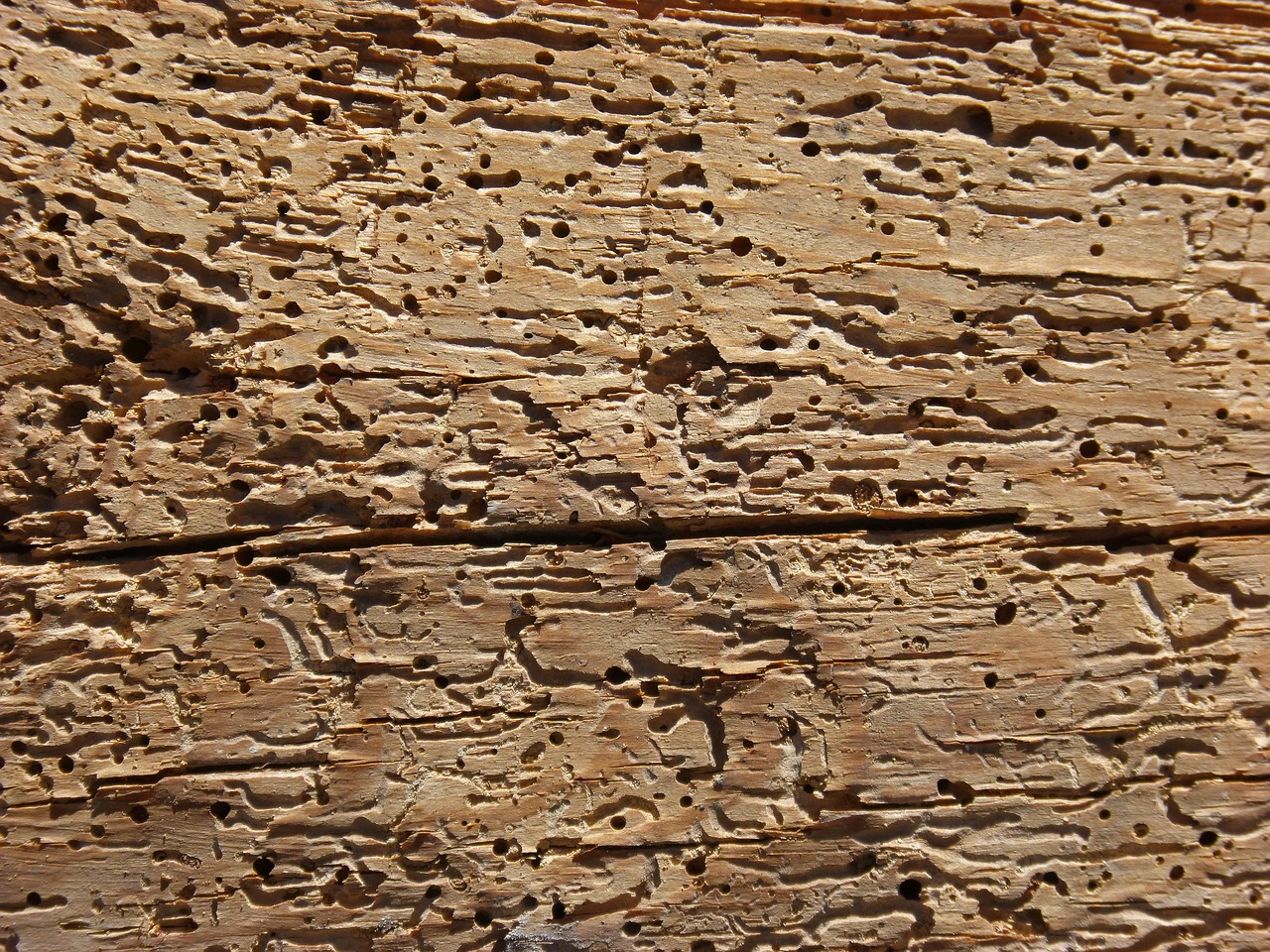WOODWORM can be found in any part of the home where there is timber if conditions exist for the infestation. But how do you spot it and what’s the best treatment?
The extent of woodworm damage depends on how long the woodworm has been active.
While it takes a long time for a woodworm infestation to cause significant damage, it’s safest to treat it straight away before timbers lose their structural integrity.
So how do you spot woodworm?
There are some tell tale signs which indicate you have a woodworm infestation, as outlined by Wise Property Care.
Small round exit holes
These can be as small as the holes in a dart board, and depending on the level of the infestation, you may have to have a very keen eye to identify all the areas.
Fine powdery dust
This is the insects excreta and can often be found around exit holes. If there aren’t any holes, you might notice it escaping from the back or underside of old furniture. This could indicate an active woodworm infestation.
Crumbly edges to boards and joists
If the woodworm infestation has progressed you may stat to see crumbly eyes to floor boards and joists.
Tunnels within the timber
If you’re able to cut the timber, if you have an infestation you’ll notice a variety of small tunnels which have been bored into the wood.
Weak or damaged timbers or flooring
This can be a sign of of woodworm, but it could also be dry rot or wet rot.
Beetles emerging from holes
If its the case you are seeing beetles emerging from timbers and on closer inspection you see more holes within the timber than take this as a clear tell tale sign there is an issue.


